It also organizes conferences, symposiums, workshops, exhibitions and meetings along with publishing documents and translations in collaboration with partner organizations.
Furthermore, the staff organizes a meeting between the ALPARC Council and General Assembly once a year in conjunction with a protected area.
Since its founding in 1995, the ALPARC staff has been operating outside of Chambéry, France. The team was originally attached to Les Ecrins National Park and, in 2006, to the Permanent Secretariat of the Alpine Convention under the title “Task Force Protected Areas”. Since 2013, the staff is employed by ALPARC.
|
|
PLASSMANN Guido Director: Management, Biodiversity and Ecological Connectivity Spoken languages: German, French, English |
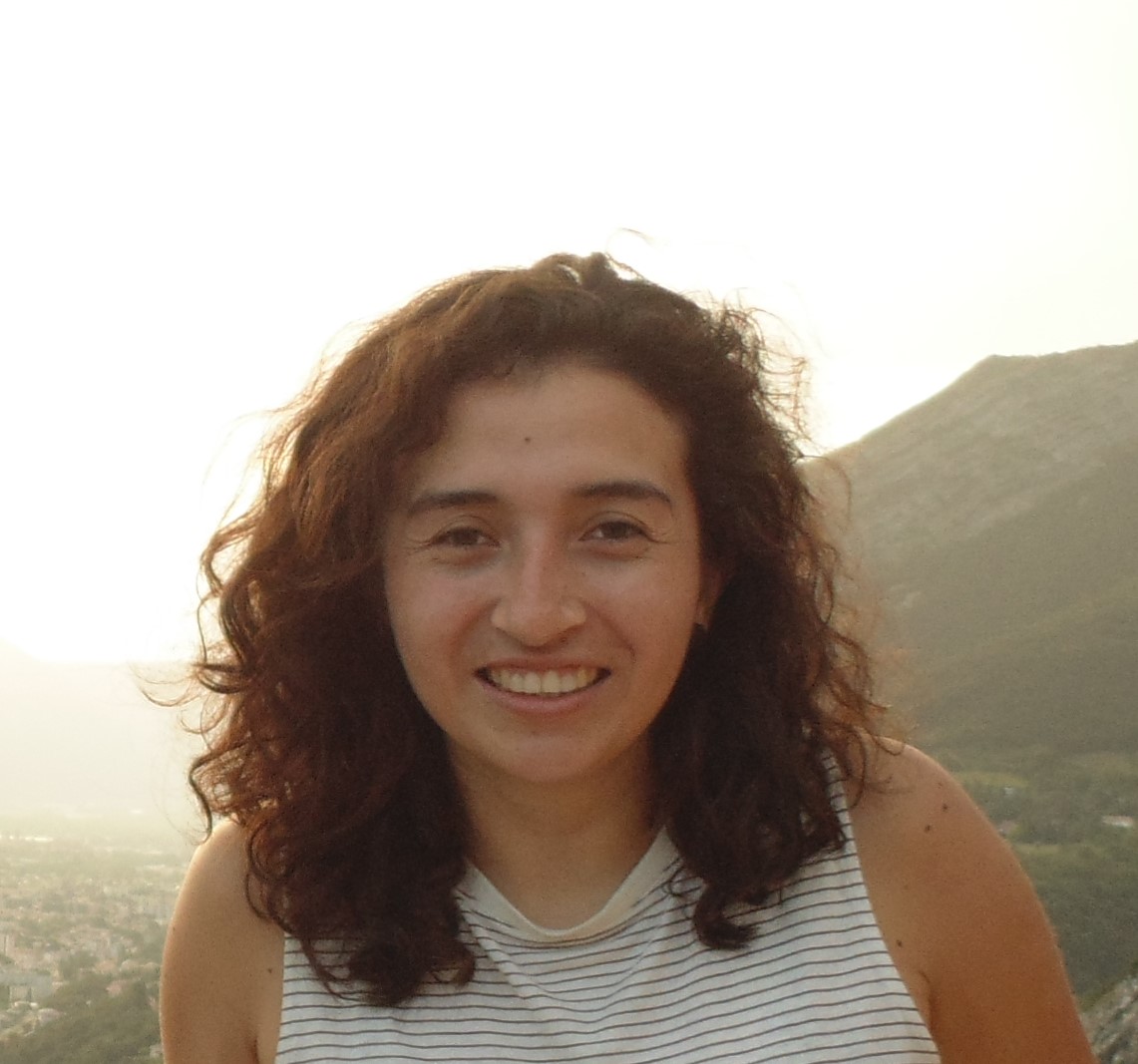 |
CORONADO Oriana GIS structuring and operation; Project coordinator Spoken languages: French, English, Spanish |
 |
PERL Laura ALPARC CENTR'ALPS coordinator Spoken languages: German, English, French |
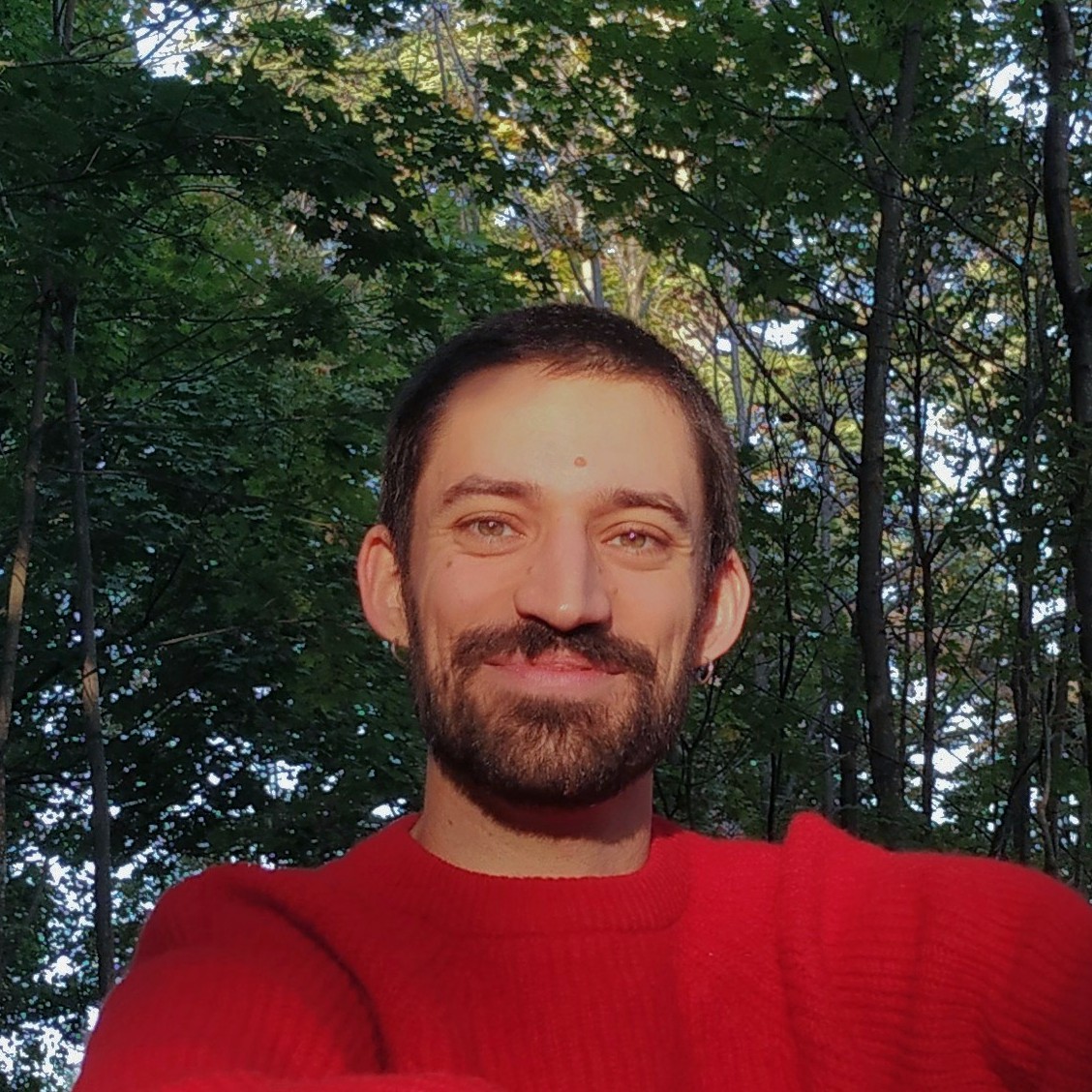 |
MERZI Pietro Project Coordinator Spoken languages: Italian, English, French |
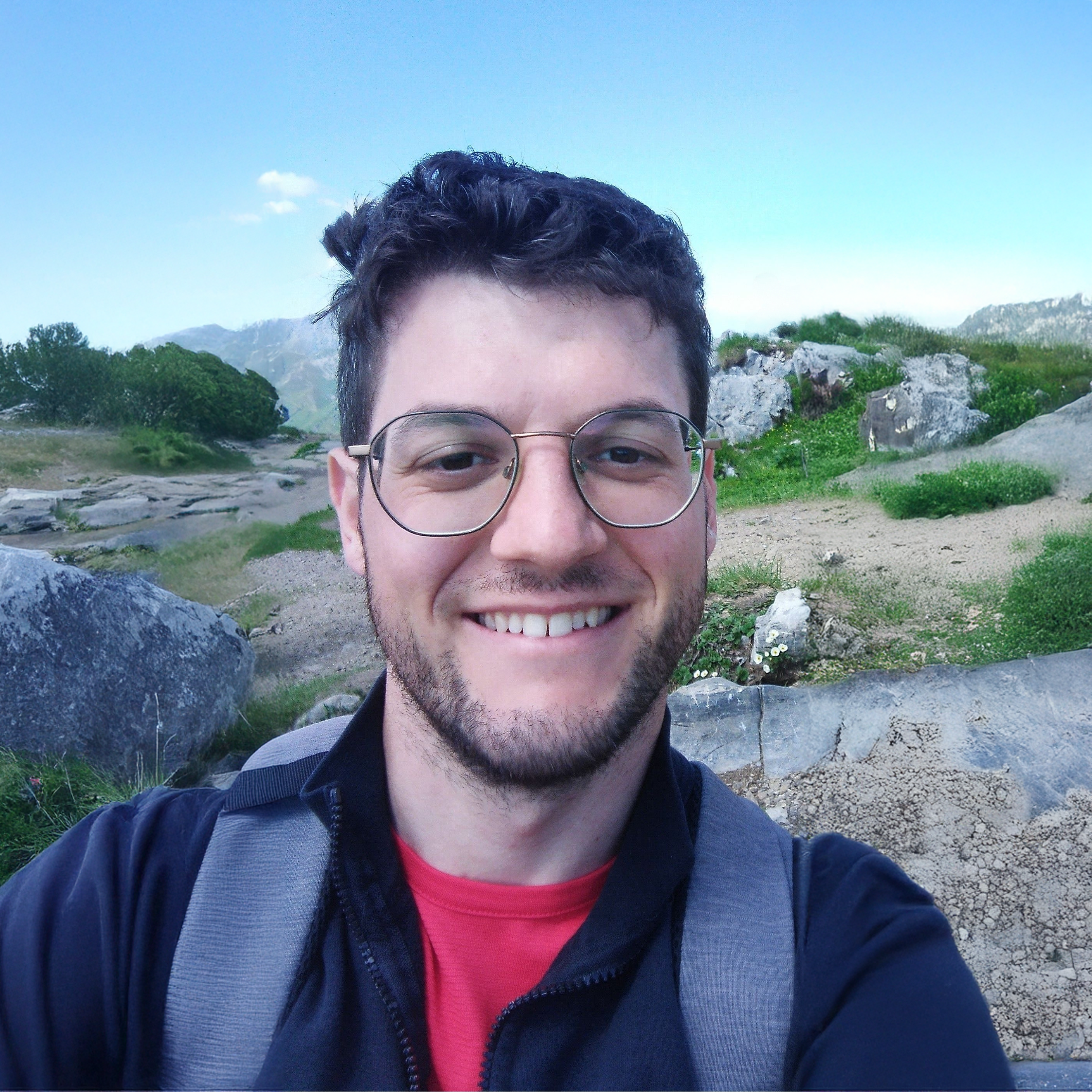 |
GUERINI Michele Project Coordinator Spoken languages: Italian, English, French |
 |
GREIDERER Dominik ALPARC CENTR'ALPS coordinator Spoken languages: German, English |
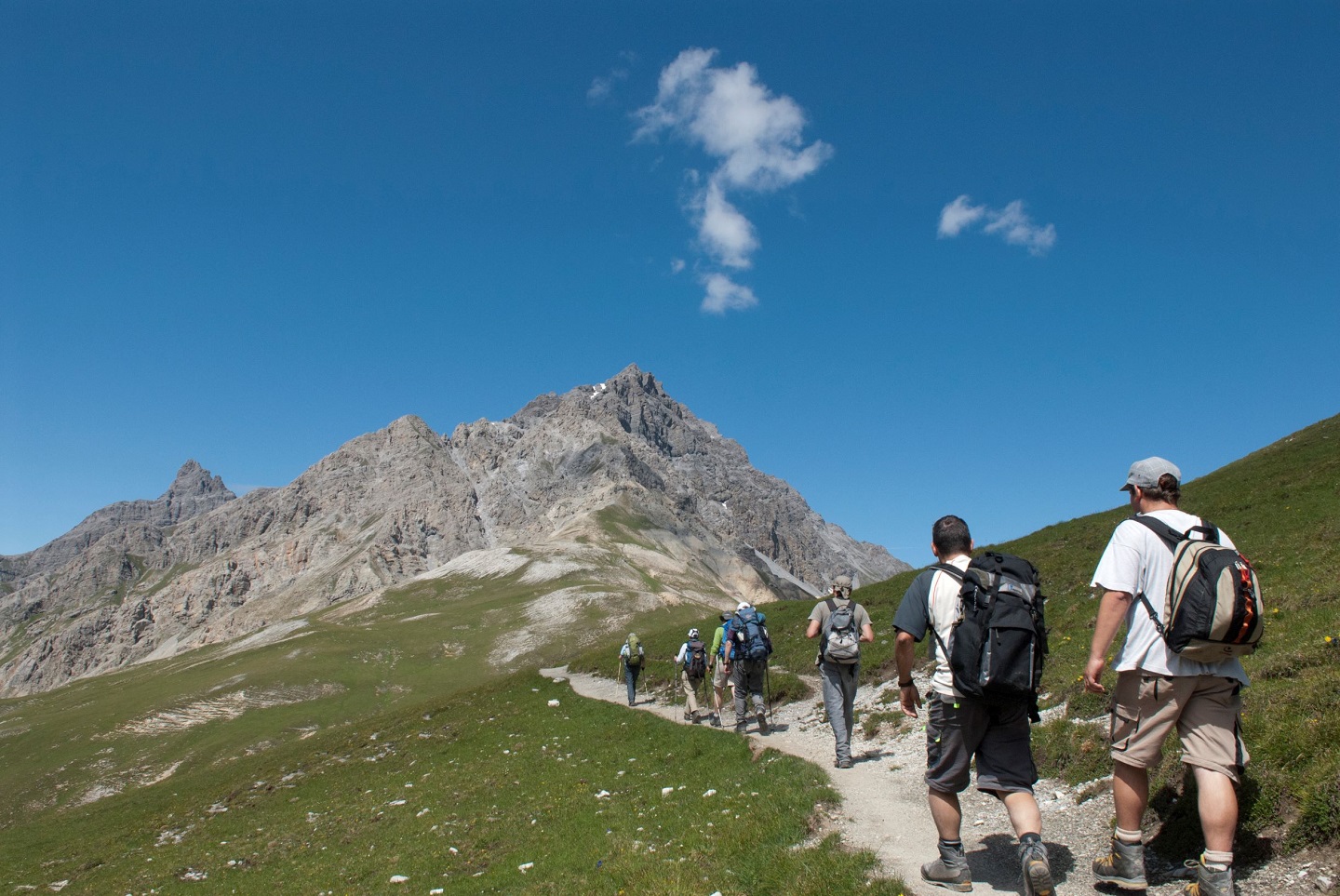
The missions of ALPARC are defined by the Council which is composed of managers of the alpine protected areas, representing the diversity and number of protected areas by alpine country.
It establishes the main directions which define the international work according to the priorities and requests of the protected areas.
ALPARC has a president and two vice-presidents, who lead the Council. They represent ALPARC in official matters.
The Permanent Committee of the Alpine Convention is informed about the ALPARC working programme.
|
|
President Peter Oggier Director of the Pfyn-Finges Nature Park Switzerland |
|
Vice-President Christian Schwoehrer Director of ASTERS, Conservatoire d’espaces naturels Haute-Savoie France |
|
Vice-President Andrea Beltrame President of the Prealpi Giulie Nature Park Italy |
|
|
General Secretary Roland Baier National Park Berchtesgaden Germany |
|
Treasurer Peter Rupitsch Director of the Hohe Tauern/Kärnten National Park Austria |
||
|
|
Franz Handler Director of the Network of Austrian Nature Parks Austria |
|
Volkhard Maier Director of the Kalkalpen National Park Austria |
|
|
|
|
Pierre Commenville Director of Les Ecrins National park France |
|
Marc Joanny Regional Council Provence-Alpes-Côte d'Azur France |
|
Gilberte Brémond Vice Director of the Regional park Baronnies Provençales France |
|
|
Eva Aliacar Director of the Vanoise National Park France |
|
Eric Fournier Vice President of the Environment for the Region Auvergne-Rhône-Alpes France |
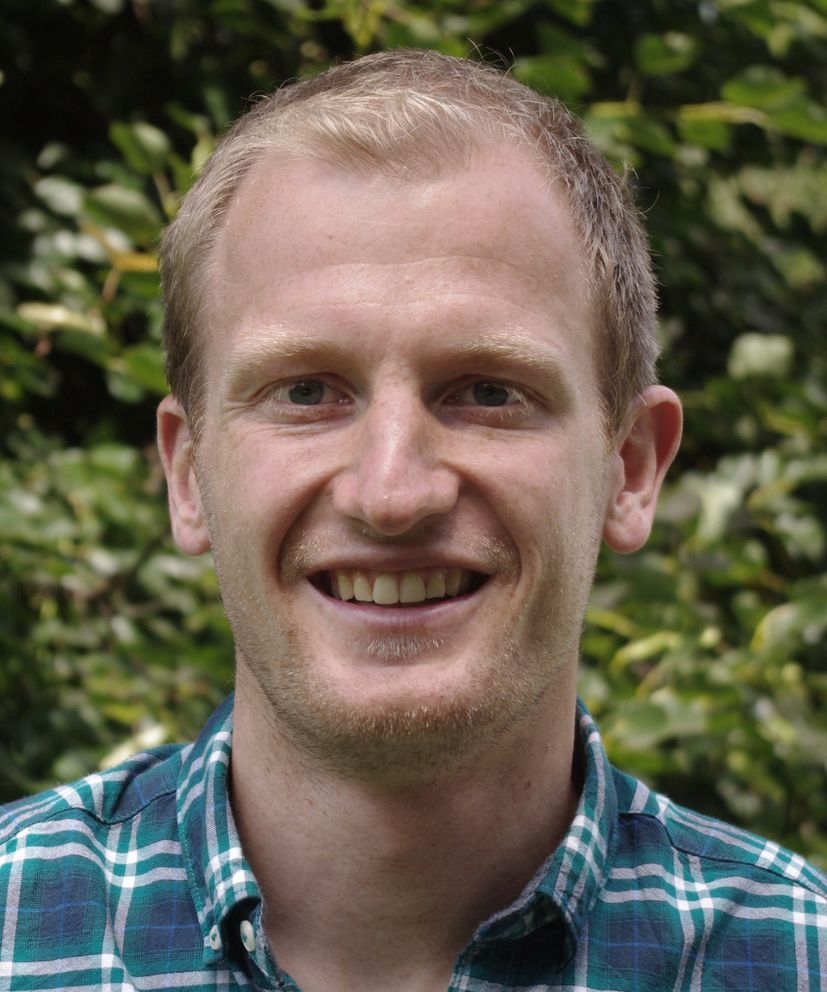
|
Dominik Cremer Schulte Vice Director of ALPARC France |
|
|
Claudio la Ragione Director of the Orobie Valtellinesi Regional Park Italy |
|
Maria Margareth Palluber Coordinator of the Tre Cime/Drei Zinnen Nature Park Italy |
|
|
|
|
Helmut Kindle Director Amt für Umwelt Principality of Liechtenstein |
|
Astrid Claudel Rusin Environment Department Principality of Monaco |
|
Christian Stauffer Director of Swiss Parks Network Switzerland |
 |
Andre Arih Nature Conservation Counsellor Triglav National Park Slovenia
|
This poster about the activities of the Platform "Ecological networks" of the Alpine Convention was presented at the 9th Conference of parties of the CBD in Bonn/D in May 2008.
Germany's Federal Agency for Nature Conservation (BfN) is presenting a brochure on the inaugural meeting of the Ecological Network Platform under the Alpine Convention. The meeting was held in Munich/D on 29 March 2007 under the heading "Establishing an Alpine Ecological Network". The proceedings, which have now been published, contain in particular reports from the individual Alpine states and presentations of selected project examples of ecological networking from Germany, France and Austria.
Available in English only.
The measure catalogue has been elaborated in the frame of the Ecological Continuum Initiative.
It lists 69 exemplary measures from all Alpine countries that can contribute to the implementation of ecological networks. The measures show how areas or structures can be created, conserved or restored so that they can play a role as connecting elements within an ecological network.
The measure catalogue has been developed as an instrument to be used by the pilot regions of the Continuum and the ECONNECT projects. Nevertheless it can and should be used by other regions and actors in and outside the Alps who want to improve ecological connectivity.
The catalogue gives examples and ideas and practical information such as contact persons and references. Additionally, an evaluation of economic and ecological aspects has been done for each measure. The catalogue also gives an overview on the sectors and fields that are important when it comes to improving ecological connectivity.
An excel table with summarised descriptions of all measures is part of the catalogue. It can be used as a database in order to select single measures that are suitable for different situations. Macros need to be activated when using the database.
Source: Alpine protected areas database, ALPARC
ALPARC lays out the most up to date map from its Alpine protected areas data base, based on the collection of geographic data from all over the Alps.
Updated in 2008, the display contains a map of the protected areas and gives a summary of the key features of the ALPARC network. It also includes photographs that illustrate the main themes currently being addressed through international cooperation.
The information display is available in four languages and is designed for use at conferences and other events organised by ALPARC and its partners.
Dimensions when set up: 2.4 m x 3 m, umbrella structure.
Covering the history of the relations between humans and the wilderness, the exhibition displays an evolving Alpine landscape, taking the visitor along a temporal trip.
The spiral, symbol of the time advancement, is the shape on which the exhibition relies on to guide the viewer through different epochs, each of them having his own kind of connection between humans and the wilderness.
This trip is composed of 5 epochs and finishes in our future.
Are we ready to welcome the Wilderness the returning wilderness?
Frankreich schlägt vor, ein alpenweites Netzwerk von Schutzgebieten einzurichten.
ALPARC wird im Nationalpark Les Ecrins (FR) im Rahmen der ersten internationalen Konferenz der alpinen Schutzgebiete gegründet.
Erstellung des Regelwerks für das Netzwerk Alpiner Schutzgebiete; ALPARC wird offiziell als Instrument zur Anwendung der Alpenkonvention anerkannt.
Konferenz der Schutzgebiete europäischer Bergregionen
Der Ständige Ausschuss der Alpenkonvention beauftragt das Netzwerk Alpiner Schutzgebiete mit einer Studie zum ökologischen Verbund und grenzübergreifenden Schutzgebieten.
ALPARC feiert sein 10jähriges Bestehen.
Das Team von ALPARC wird dem Ständigen Sekretariat der Alpenkonvention als Task Force Schutzgebiete angegliedert.
Partnerschaft mit CIPRA, ISCAR und dem WWF im Rahmen der Initiative Ökologisches Kontinuum
Mit dem Ziel, ein funktionierendes ökologisches Netzwerk zu schaffen, startet ALPARC in Zusammenarbeit mit Partnerorganisationen ein Großprojekt zu ökologischen Korridoren.
Unterzeichnung eines Memorandums über die Zusammenarbeit zwischen der Alpenkonvention, der Karpatenkonvention und der Konvention über die biologische Vielfalt.
ALPARC koordiniert die Aktivitäten der Plattform "Ökologischer Verbund" der Alpenkonvention.
Im Januar wird ALPARC in Frankreich als Verein eingetragen und trennt sich vom Ständigen Sekretariat der Alpenkonvention.
Im Februar unterzeichnen ALPARC und die Alpenkonvention ein Memorandum der Zusammenarbeit, um die Zusammenarbeit zwischen den beiden Organisationen zu definieren und Synergien zu nutzen.
ALPARC feiert sein 20jähriges Bestehen.
ALPARC organisiert erstmals die internationale Veranstaltung ‘Jugend auf dem Gipfel‘, damit junge Menschen aus dem Alpenraum wieder eine stärkere Bindung mit der Natur und Kultur erfahren können.
Mit den Projekten InnovAlps und WeWild engagiert sich ALPARC erstmals zum Themenbereich „Regionale Entwicklung und Lebensqualität“.
ALPARC leitet zwei dreijährige EU-Alpenraumprojekte. ALPBIONET2030 widmet sich dem Management der Natur und Lebensräume in den Alpen. YOUrALPS will der Bildung zum Thema Berge zu mehr Struktur verhelfen und dazu beitragen, dass die Werte und das Wissen zu den Bergen besser in der Praxis angewendet werden.
ALPARC beteiligt sich am zweijährigen EU-Alpenraumprojekt GaYA zum Thema Umsetzung der Jugendbeteiligung in den Alpen.
Start der Kommunikationskampagne “Be Part of the Mountain” mit dem Ziel, die negativen Auswirkungen der Menschen durch den Wintersport auf die Tierwelt in den Alpen zu verringern.
Am 11. April wird die regionale Plattform des Netzwerks ‘ALPARC CENTR’ALPS’ offiziell im Naturpark Nagelfluhkette (Balderschwang, DE) gegründet. Sie soll die regionale Präsenz und die Nähe zum Netzwerk sicherstellen.
ALPARC feiert sein 25-jähriges Bestehen in Monêtier-les-Bains, Ecrins Nationalpark.
Mit 5 Partnern des Projektes OpenSpaceAlps und 10 HEALPS2-Projektpartnern haben ALPARC und die Projektpartner beide Alpine Space-Projekte erfolgreich abgeschlossen.
Die regionale Plattform ALPARC CENTR’ALPS ist mit einer Kontaktstelle mit eigenem Personal in Immenstadt (DE) präsent.
Alpenraum-Projekt „PlanToConnect“ (Projekt baut auf den Ergebnissen von ALPBIONET2030 auf). Ziel: Integration der ökologischen Konnektivität in die Raumplanung des Alpenraums.
Start von zwei Alpenraum-Projekten: „LiveAlpsNature“ (ALPARC LeadParnter). Ziel : Besucherlenkungsmassnahmen alpiner Schutzgebiete durch innovative Angebote (OneHealthApproach) und moderne digitale Plattformen für outdoor Aktivitäten. „AlpsLife“ (ALPARC, zentraler Projektpartner). Ziel: Bereitstellung von Methoden zu einem gemeinsamen Biodiversitätsmonitoring und alpinen Frühwarnsystem zum Arten- und Habitatschwund.
30 Jahre internationale Zusammenarbeit der alpinen Schutzgebiete im Netzwerk ALPARC.